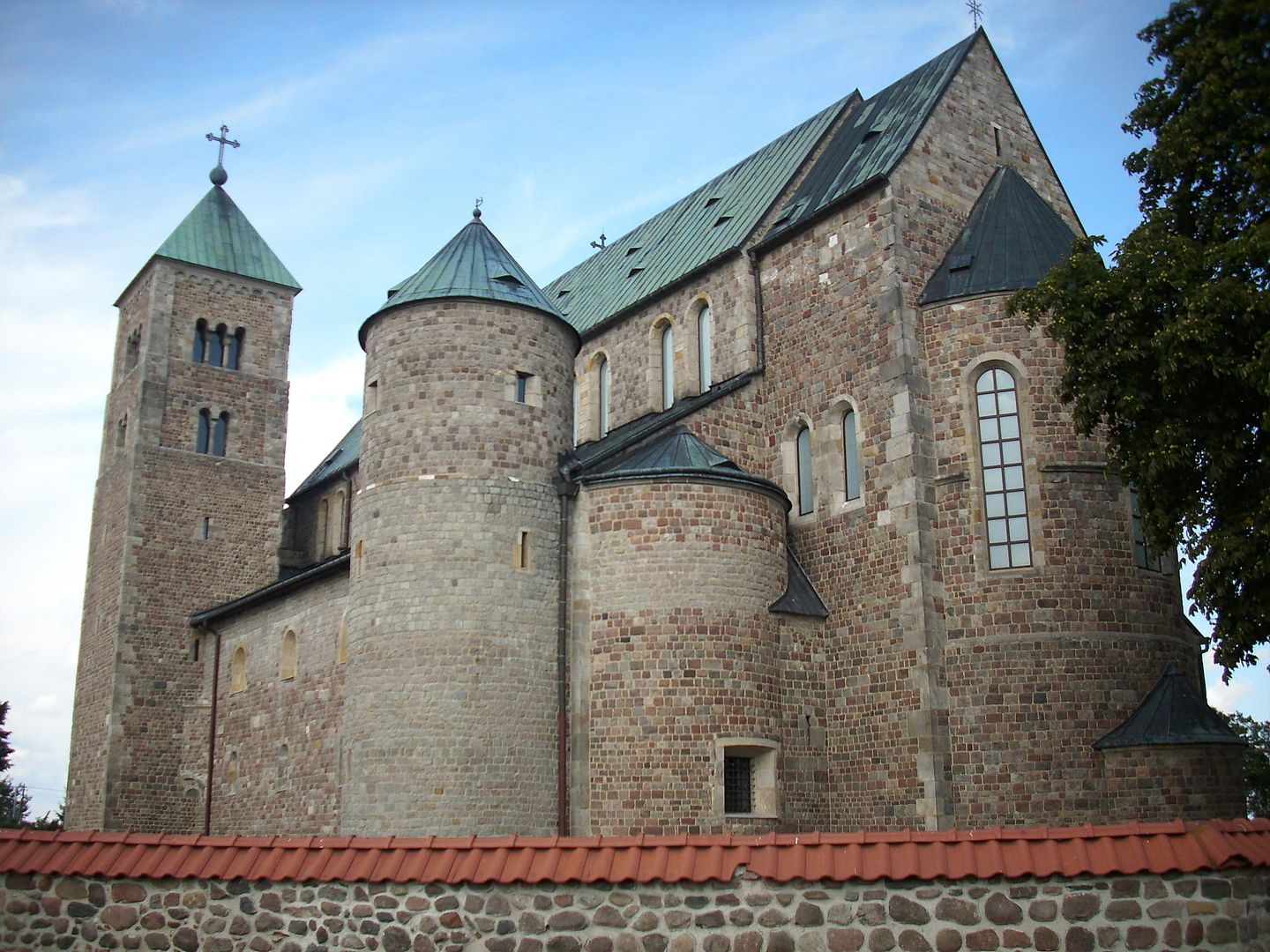Tum Collegiate Church
8.11

Overview
The Archikolegiata of the Blessed Virgin Mary and St. Alexius in Tum, erected in the 12th century, is one of the most significant examples of Romanesque architecture in Poland and is currently recognized as a historical monument. Originally, a Benedictine abbey was established here, likely in 997, which over the years was either relocated or destroyed. The construction of the church may have begun around 1149 on the initiative of the Archbishop of Gniezno, Janik, and its consecration took place on May 21, 1161. Built from granite, sandstone, and fieldstone, the collegiate church served not only a religious function but also as a refuge for the local population, as evidenced by its partial fortification. Over the centuries, it endured numerous devastations, including invasions by the Tatars and the Teutonic Knights, which led to its ruin. Over time, in the 14th century, significant Gothic modifications were made, such as the reconstruction of walls and changes to the vaulting. In the 16th century, a Renaissance porch was added, and in the 18th century, the church underwent a Classical-style renovation. In the 20th century, during World War II, the collegiate church was destroyed, but reconstruction began in 1947 under the direction of Jan Witkiewicz Koszczyc, with the intention of restoring the original Romanesque style, although Gothic elements were preserved in the side aisles. Modern conservation work, carried out since the 1990s, has restored the archikolegiata to its former glory, and celebrations marking the 850th anniversary of its consecration took place in 2011. It is also worth mentioning that the archikolegiata inspired literature, such as in Zbigniew Nienacki's book "Pan Samochodzik i święty relikwiarz," where a fictional "collegiate church in Oporta" is based on this real structure. The Archikolegiata in Tum is not only an important place of religious worship but also a significant landmark on the map of Polish cultural and historical heritage.
Location
Tertiary Administrative Division
Mount Saint Margaret
County
Łęczyca County
State
Łódź Voivodeship
Country
2025 Wizytor | All Rights Reserved